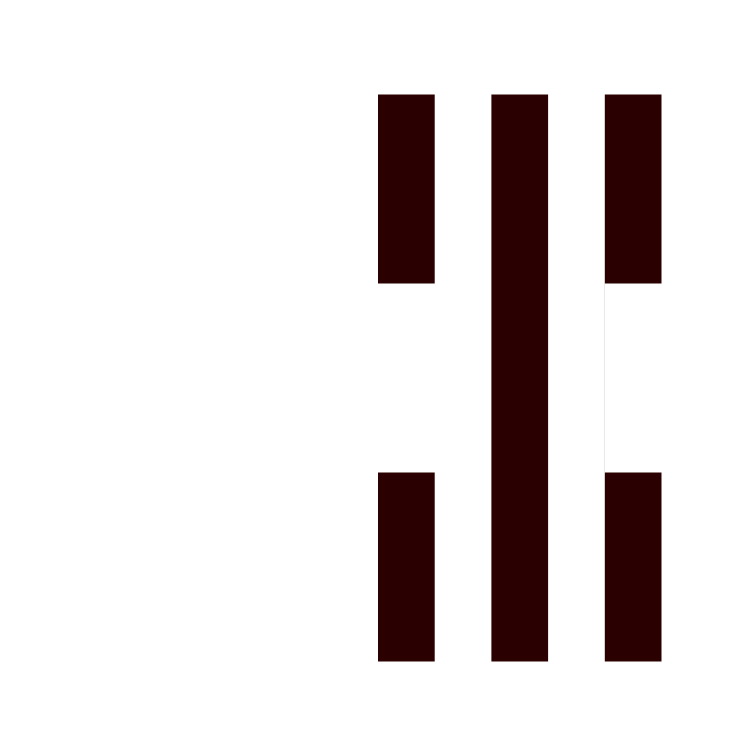



The solid and broken bars in the eight image tiles in the top navigation are called trigrams. The octagonal trigram pattern is a common symbol for the Chinese term Bagua. The pattern has eight (ba) areas (guas). "South" is always found at the top of the Bagua. Each trigram represents a particular natural phenomena: Sky ☰, Lake ☱, Fire ☲, Thunder ☳, Wind ☴, Water ☵, Mountain ☶, Earth ☷. If you click on a , it will take you to the corresponding taekwondo form page. Each form has a trigram which I describe scientifically and call scigrams. The animation in the middle of the tiles is supposed to represent a kicking woman. A tangram is a puzzle which originated in China. It is created out of seven flat polygons that can be put together to form shapes.
The movements are listed here so that you can see the Korean translation for some of the techniques by hovering over the green and pink highlighted text.
I haven't been tested for the eighth form yet so I didn't write it out yet.
| Learn just enough Hangeul to complete a crossword puzzle! | |
GO TO HANGEUL CROSSWORD PUZZLE | |
| PDF documents with taekwondo vocabulary in English, Hangeul, and transliterated Hangeul to download. I had a native Korean proofread the original documents and he corrected the Hangeul in red pen. | ||
| TKD Vocabulary: Korean to English | Vocabulary for Forms | TKD Vocabulary: English to Korean |
Lesson 8
Taegeuk Pal Jang, New Techniques
| Blocks | 막기 | makki |
| momtong koduro makki | 몸통 고두로 막기 | middle koduro block/body block |
| oesantul makki | 외산들 막기 | part mountain shape block |
| koduro arae makki | 고두로 아래 막기 | assisted low block |
| Punches, Strikes, Thrusts | 치기, 지르기 | chigi, chirugi |
| chumok tang gyo tok chigi | 주먹 탕교 톡 치기 | upper cut or fisted jaw strike |
| palgup eulgool dollyo chigi | 팔꿈 얼굴 돌려 치기 | high elbow twisting strike |
| Kick | 차기 | Chagi |
| tubal dang song ap chagi | 두발 당 성 앞 차기 | double front jump kick |
